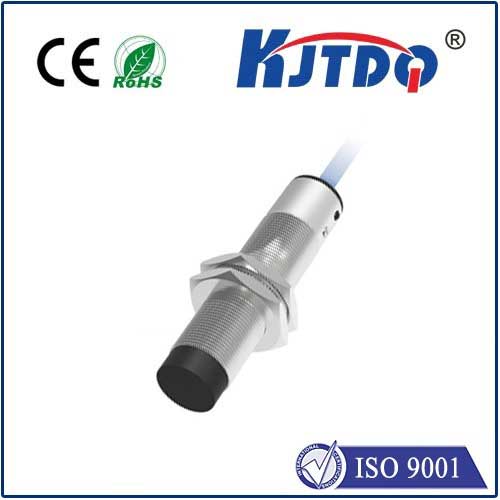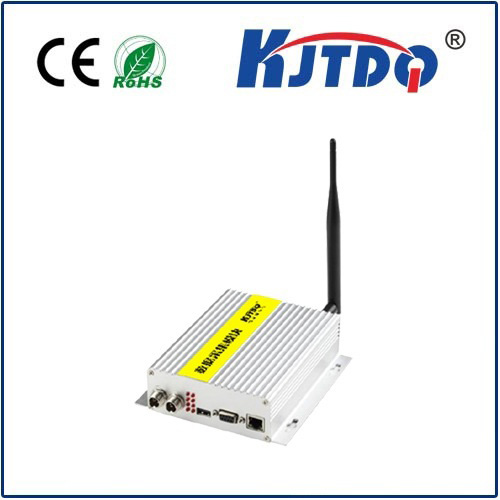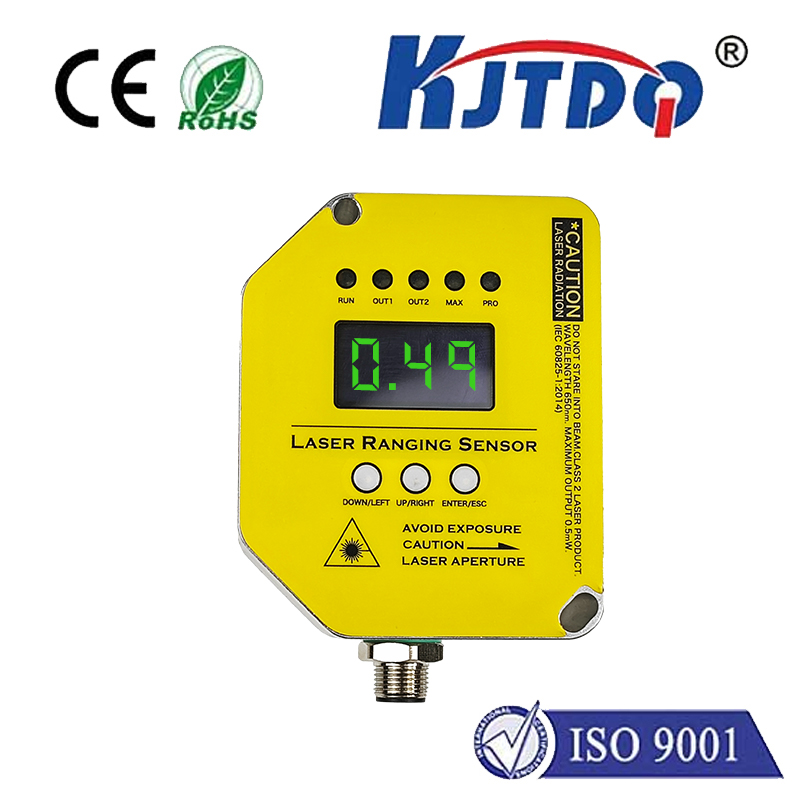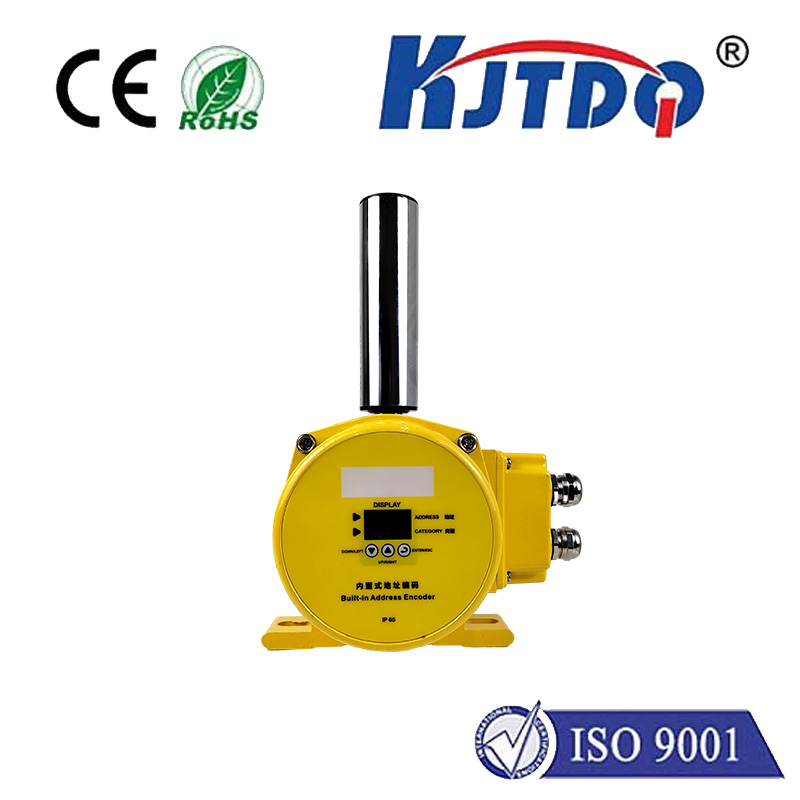

check

check

check

check
Ever felt your cursor hesitate, skip, or lag during a critical gaming moment or intricate design task? The culprit often lies beneath the surface, quite literally: the motion sensor tracking your mouse movements. Enter the ADNS 9800 Laser Motion Sensor, a benchmark component renowned for its exceptional speed, precision, and reliability. This tiny powerhouse has defined high-performance peripherals for years, and understanding its capabilities reveals why it remains a sought-after solution for demanding applications.
The Heart of High-Performance Peripherals
At its core, a laser motion sensor like the ADNS 9800 is an optical navigation engine. It uses a laser diode to illuminate the surface beneath the mouse, capturing microscopic textures and imperfections invisible to the naked eye. A sophisticated CMOS sensor then takes rapid snapshots (frames) of this illuminated area. By analyzing the minute differences between consecutive frames with incredible speed, the sensor’s integrated Digital Signal Processor (DSP) calculates the direction and distance the mouse has moved, translating that data into precise cursor movement on your screen.
Why the ADNS 9800 Stands Out

Developed by Avago Technologies (later acquired by Broadcom and then PixArt), the ADNS 9800 wasn’t just another incremental update. It represented a significant leap in laser motion sensor technology upon its introduction, setting new standards:
Where the ADNS 9800 Shines: Real-World Applications
The ADNS 9800’s combination of speed, accuracy, and high DPI makes it the sensor of choice for several demanding user groups:
Integration and Implementation
The ADNS 9800 is typically integrated into the PCBs of high-end gaming mice and premium productivity peripherals. Manufacturers leverage its capabilities by pairing it with high-quality lenses, robust microcontrollers, and durable mechanical or optical switches. Its popularity stems not only from its raw specs but also from its well-documented integration process and proven reliability over countless usage hours. Implementing the ADNS 9800 effectively signals a commitment to top-tier performance.
A Legacy of Performance
While newer sensors (like successors from PixArt and other manufacturers) have emerged, offering refinements such as even higher DPI ceilings or specific optimizations, the ADNS 9800 laser motion sensor remains a highly respected and capable component. Its core strengths – unrivaled speed (150 IPS), high acceleration (30g), and configurable high resolution (up to 12,000 DPI) – continue to define what users expect from a premium tracking solution. When you encounter a mouse boasting the ADNS 9800, you’re holding a tool engineered for precision control, designed to translate your physical intent into flawless digital action, whether you’re dominating the virtual battlefield or crafting the next digital masterpiece. It represents a significant milestone in the evolution of laser motion sensor technology.









